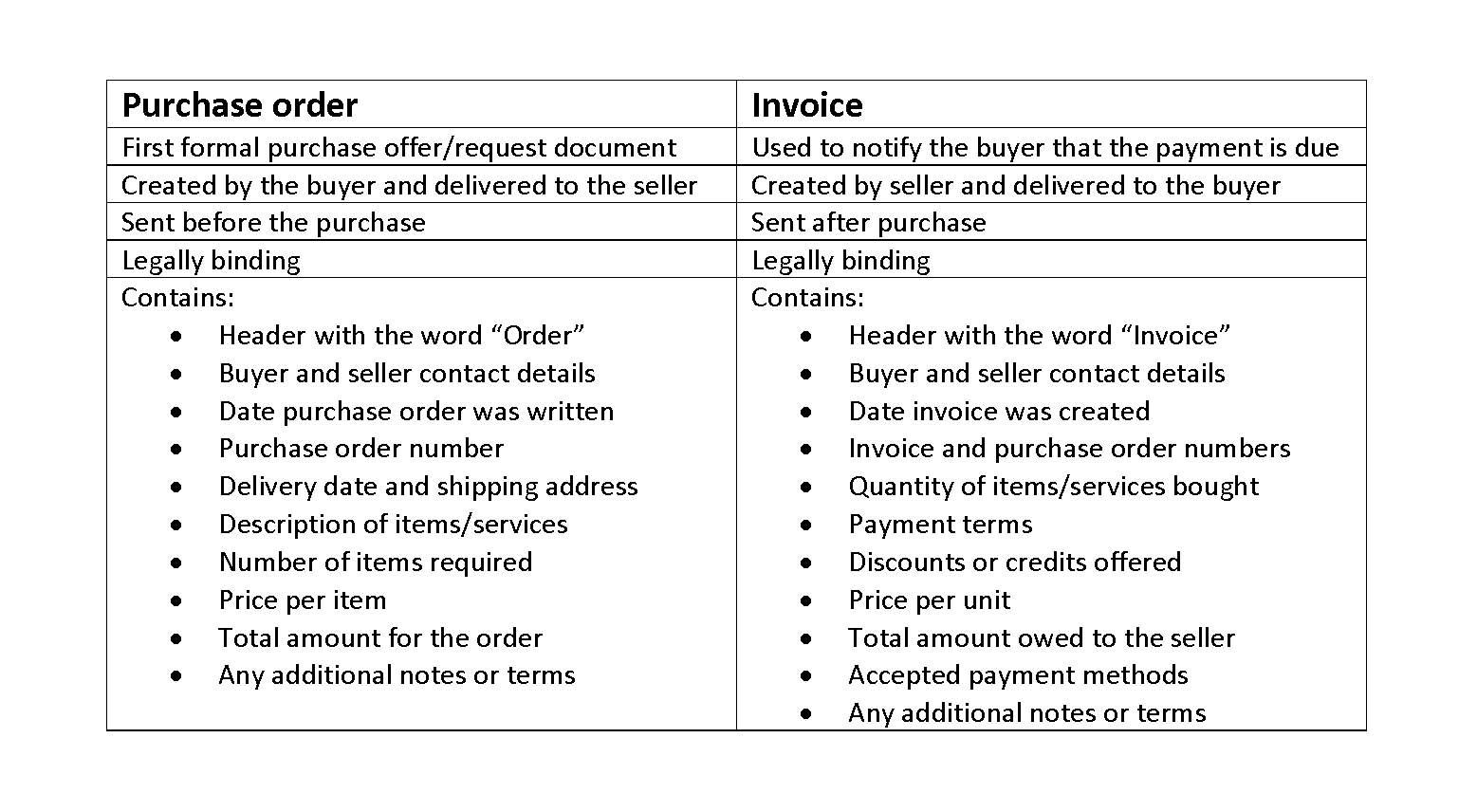Capital Budgeting: Meaning, Objectives, Process, Techniques

Include contingency reserves in both operational and capital budgets to account for unexpected expenses and uncertainties. From time to time, every organisation is confronted with the challenge of choosing between two investments or projects. Sometimes, companies have to choose between repairing their equipment or buying a new set. The internal rate of return is time adjusted technique and covers the disadvantages of the traditional techniques. In other words, it is a rate at which discount cash flows to zero. In our example, when the screening for the most profitable investment happened, an expected return would have been worked out.
- Our work has been directly cited by organizations including Entrepreneur, Business Insider, Investopedia, Forbes, CNBC, and many others.
- After the evolution, the planning committee will predict which proposals will give more profit or economic consideration.
- To illustrate the application of these best practices, let’s consider a case study of a manufacturing company planning to expand its operations.
- In this method, cash inflows are considered with the time value of the money.
- A great deal of certainty surrounds a capital budgeting decision.
Which of these is most important for your financial advisor to have?

It often makes sense to choose the most profitable option in each scenario. While the concept of capital budgeting is straightforward, it is not that easy to calculate in practice. It is even harder to accurately predict how much revenue will gradually increase by thanks to the project.
The capital budgeting process
- Capital budgeting is a multi-step process businesses use to determine how worthwhile a project or investment will be.
- All accepted projects should yield profits leading to the maximization of shareholder wealth.
- Net present value allows you to see how much profit is possible with a new project after the cost of the capital is considered.
- Learn about the differences between assets and revenue with examples of each and why both matter to investors.
- With discounted cash flow analysis, you can look at cash flows, both inflow and outflow, that are part of the project and its longer-term maintenance, discounted back to today’s monetary value.
Our Goods & Services Tax course includes tutorial videos, guides and expert assistance to help you in mastering Goods and Services Tax. Clear can also help you in getting your business registered for Goods & Services Tax Law. In this technique, the total net income of the investment is divided by the initial or average investment to derive at the most profitable investment. Everyone wants to know that they can pay back their investment in as short of a time as possible. Although this might not be the most important Food Truck Accounting metric in every scenario, it’s certainly one that should always be considered.

Five Steps to Capital Budgeting
Capital expenditure is long-term in nature or permanent in nature. Therefore financial risks involved in the investment decision are. If higher risks are involved, it needs careful planning of capital budgeting. With discounted cash flow analysis, you can look capital budgeting meaning at cash flows, both inflow and outflow, that are part of the project and its longer-term maintenance, discounted back to today’s monetary value. Since inflation tends to devalue a dollar, this sets project costs in current dollars to compare with other current income and expenses. Capital budgeting is more than just assigning capital as a budget item, as the name might suggest.

- Whereas budgeting defined by “Rowland and William” it may be said to be the art of building budgets.
- A boatmaker has to decide whether to build a yacht for a client.
- Managing both budgets is crucial for ensuring financial stability, efficient resource allocation, and strategic growth.
- The final step of the capital budgeting process is the evaluation of investments after time has passed.
- 11 Financial’s website is limited to the dissemination of general information pertaining to its advisory services, together with access to additional investment-related information, publications, and links.
- This challenge underscores the importance of employing quantitative evaluation methods and criteria to objectively rank projects and make well-informed accept or reject decisions.
The proposal for the investment opportunities may be defined by the top management or maybe even by the income statement lower rank. The heads of various departments analyze the various investment decisions and will select proposals submitted to the planning committee of competent authority. The last step in the process of capital budgeting is reviewing the investment.

Manufacturing or purchasing one or both of the products or scrapping the idea of acquiring both. Selecting the most profitable investment is the main objective of capital budgeting. However, controlling capital costs is also an important objective.
